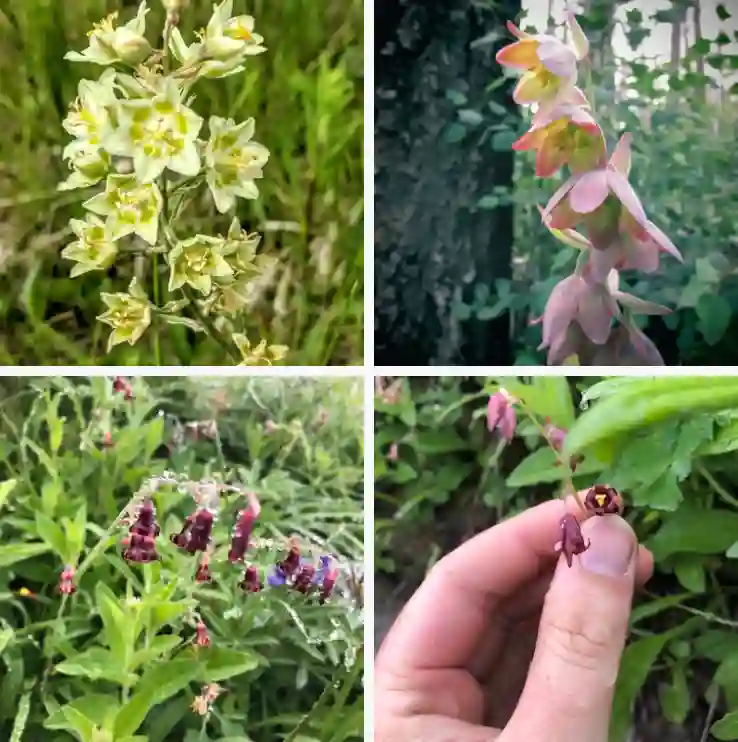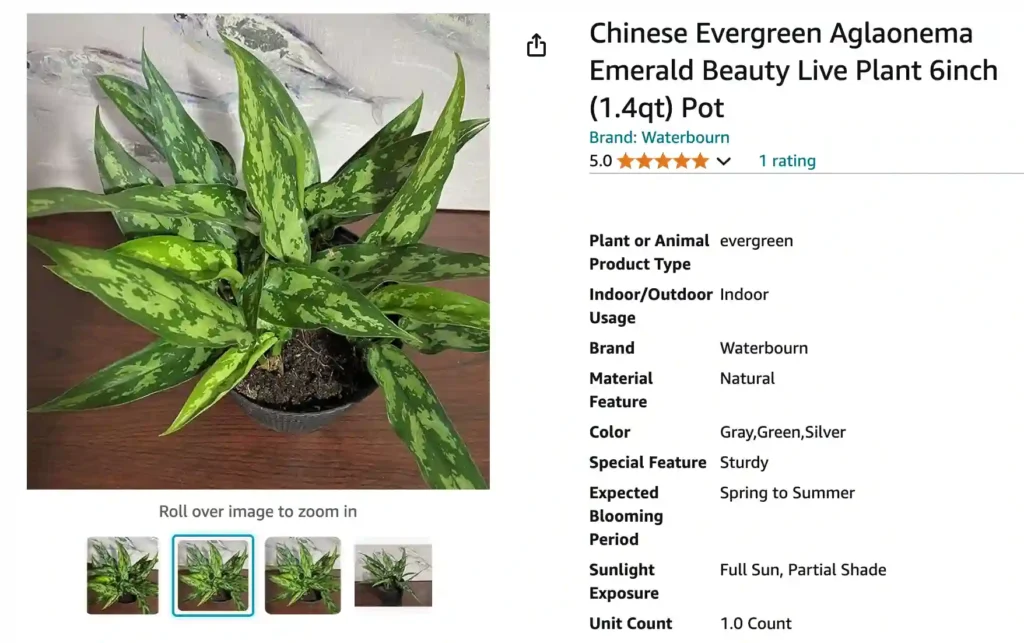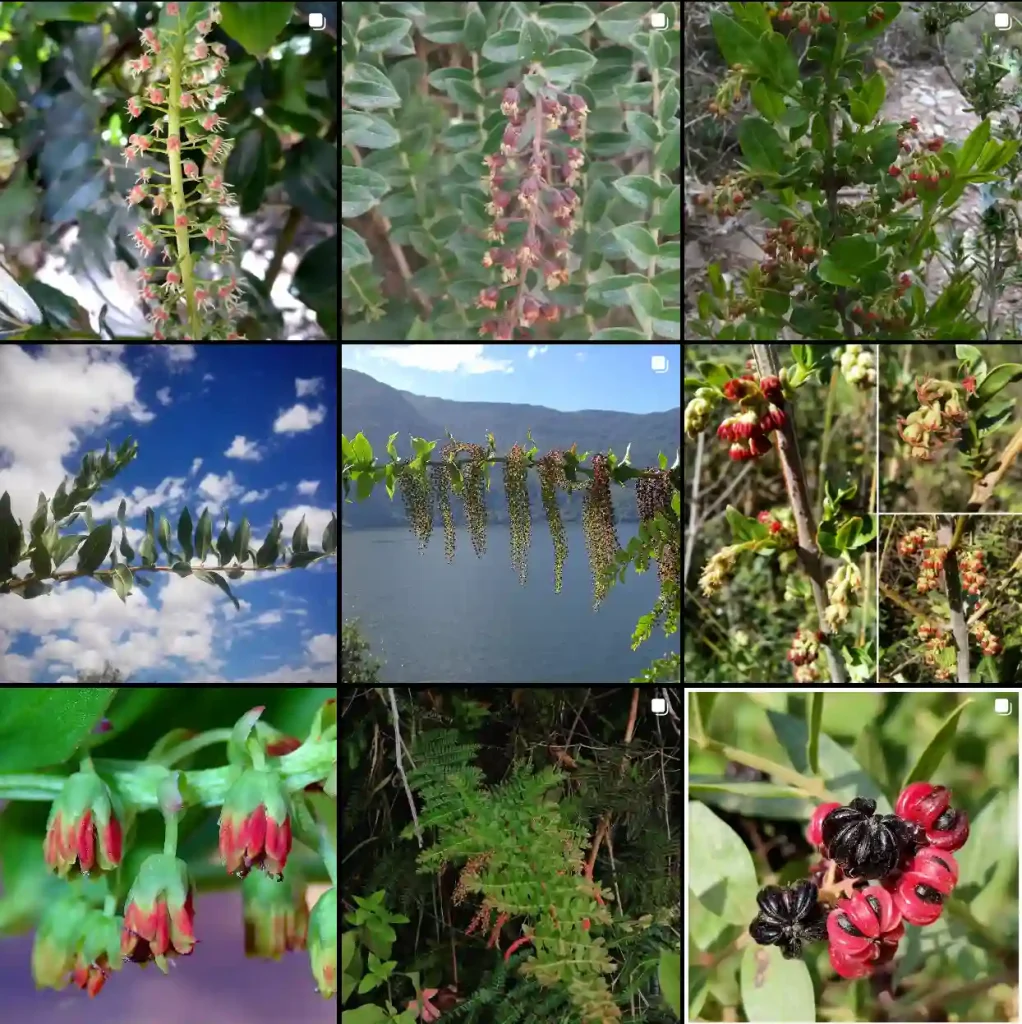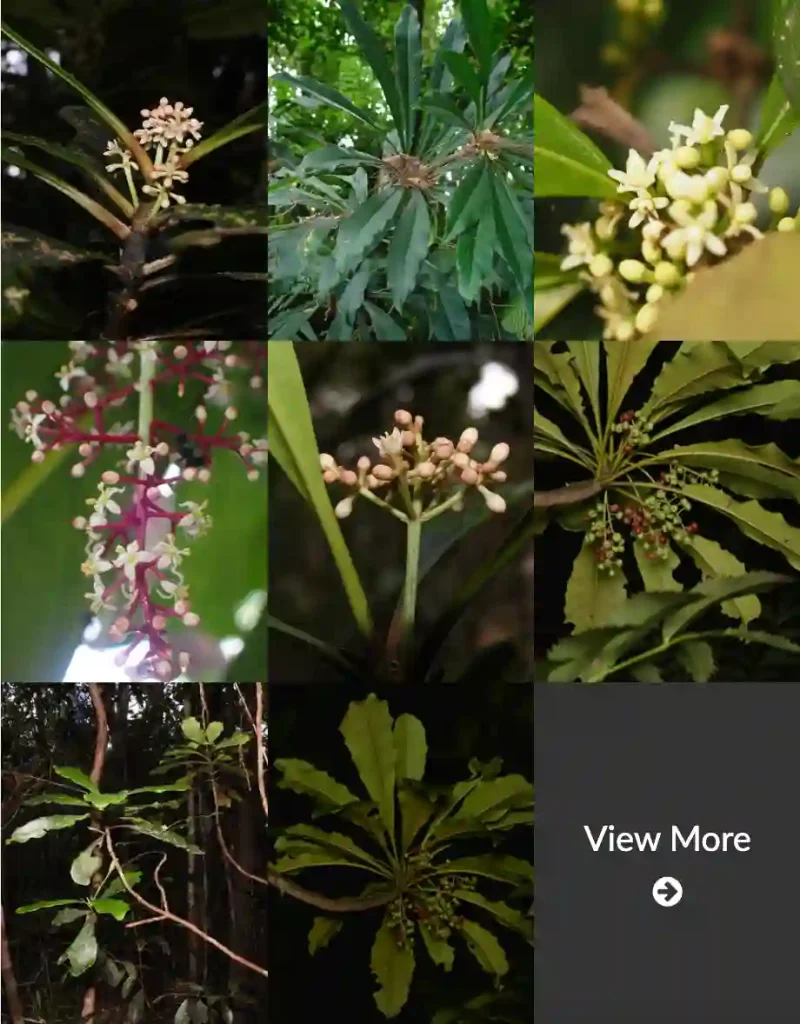Hoya Undulata: A Rewarding Challenge for Plant Enthusiasts
Hi, Ferb Vu here. Today, we’re diving into the world of the Hoya Undulata, a captivating plant with a reputation for being both stunning and somewhat finicky. For those seeking a challenge and the potential for truly magnificent blooms, the Hoya Undulata offers a unique opportunity.
566 Species in Genus Hoya
Light It Up (But Not Too Much)
Hoya Undulata thrives in bright, indirect sunlight. Imagine a spot that receives dappled morning sun or indirect afternoon light. Harsh, direct sunlight can scorch the leaves, so be mindful of placement. Unlike some Hoyas that can tolerate lower light conditions, the Undulata prefers a bit more brightness to encourage healthy growth and potential blooms.
Here’s the trick: While some Hoyas might adapt to lower light, the Undulata tends to be a bit more particular. The leaves themselves can offer clues. If they start to stretch or lose their characteristic wavy margins, it’s a sign they’re craving more light. Conversely, if the leaves turn a deep red, it might be getting a touch too much.
Finding the Sweet Spot: Temperature and Humidity
Hoya Undulata is a tropical native, so it craves warmth and humidity. Ideally, aim for temperatures between 60 and 85 degrees Fahrenheit (15.5 to 29.4 degrees Celsius). Drastic temperature fluctuations or cold drafts are a no-no.
Humidity is another crucial factor. Hoya Undulata flourishes in environments with humidity levels above 60%. This can be a challenge in drier climates. Here are a few tricks:
- Group plants together: Plants naturally raise humidity around them. Cluster your Hoya Undulata with other humidity-loving plants to create a mini oasis.
- Pebble tray method: Place your pot on a tray filled with pebbles and water. As the water evaporates, it increases humidity around the plant. Just make sure the pot itself isn’t sitting in water.
- Humidifier: For consistent high humidity, consider a humidifier. This is especially helpful if you have multiple humidity-loving plants.
Remember: Warmth and consistent humidity are key to a happy Hoya Undulata.
Watering Wisely: The Art of Not Drowning Your Plant
Hoya Undulata is a succulent, meaning it stores water in its leaves. Overwatering is a common enemy. Here’s the golden rule: Water deeply when the soil feels completely dry to the touch. Even when watering, avoid getting water on the leaves, as this can promote fungal issues.
Here are some additional tips:
- Observe the leaves: As the plant dries out, the leaves will become slightly softer and more flexible. This is your cue to water.
- Potting medium matters: Use a well-draining potting mix specifically formulated for succulents or cacti. This allows excess water to drain away, preventing root rot.
Blooming Beauty: The Reward for Patience
The star-shaped, porcelain white flowers with red speckles of the Hoya Undulata are a sight to behold. However, patience is key. Blooming can be unpredictable and may take months or even years, especially for younger plants.
Here are some things that might encourage blooming:
- Maturity: Generally, the more mature the Hoya Undulata, the higher the likelihood of blooms.
- Stress – but not too much: Believe it or not, a little stress can sometimes trigger blooming. Try restricting fertilizer or allowing the plant to become slightly root-bound (without completely neglecting it).
Remember: Blooming is a bonus, not a guarantee. Enjoy the beautiful foliage and focus on providing optimal care.
Hoya Undulata vs Hoya Carnosa
The Hoya Undulata is often compared to its more common cousin, the Hoya Carnosa (commonly known as the Wax Plant). While they share some similarities, there are also key differences.
Similarities:
- Both are succulent Hoyas that require similar watering practices and prefer bright, indirect light.
- Both can be trained to climb or trail.
Differences:
- Leaves: Hoya Undulata has distinctive wavy margins, while Hoya Carnosa leaves are typically flatter.
- Light: Hoya Undulata generally prefers slightly brighter light than Hoya Carnosa.
- Blooms: Hoya Undulata flowers are typically white with red speckles, while Hoya Carnosa flowers can come in a wider variety of colors.
Key takeaway: While both beautiful Hoyas, Hoya Undulata offers a unique combination of wavy leaves and delicate, star-shaped blooms, making it a coveted addition for collectors seeking a challenge and a truly special plant.
Final Touches: A Happy Hoya Undulata
With proper care, your Hoya Undulata will reward you with lush, vibrant foliage and the potential for those captivating blooms. Here are some additional tips:
- Fertilize sparingly: During the growing season (spring and summer), a diluted fertilizer for succulents applied once a month is sufficient. Avoid fertilizing in winter.
- Pests and diseases: Hoya Undulata is generally pest and disease resistant. However, keep an eye out for mealybugs and scale, which can be treated with insecticidal soap.
- Repotting: Repot your Hoya Undulata every 2-3 years, or when the roots outgrow the pot. Opt for a pot only slightly larger than the current one.
The Final Word:
The Hoya Undulata might demand a bit more attention than your average houseplant, but the rewards are truly special. With its unique foliage and the promise of those exquisite blooms, it’s a plant that will bring joy to any collection. So, embrace the challenge, and enjoy the journey of nurturing your very own Hoya Undulata.
If i die, water my plants!



